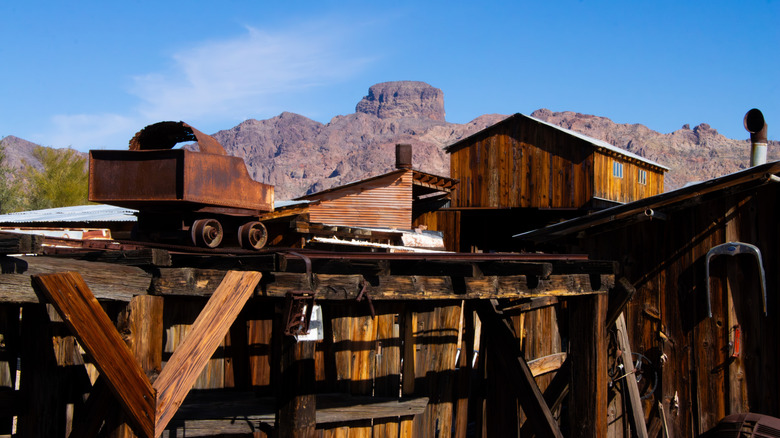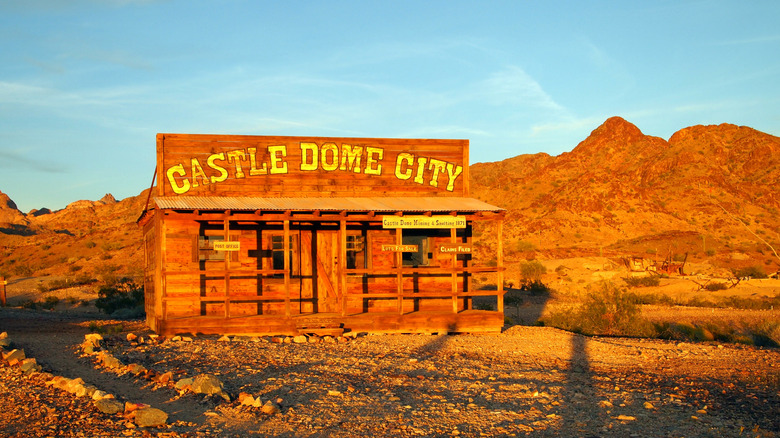Arizona's Abandoned Mountain Ghost Town Was The State's Once-Thriving Longest Working Mining District
Hit by the scorching sun and windswept with dust lies what remains of a once-active and working mining community. Compared to America's richest silver mining district, Castle Dome is now just another Arizona ghost town, like the unusually named Nothing, both evoking a feeling of abandonment and melancholy of a time long past. Located 40 miles from Yuma, beneath the Castle Dome Mountains in Arizona, this Old West town is now a living history museum showcasing more than 60 renovated buildings, mining tools, and personal belongings. In 1994, Allen and Stephanie Armstrong acquired the building, providing both visitors and locals a unique opportunity to explore its history.
It all started back in the 1800s when the search for gold and silver played an important role in shaping the United States. Castle Dome became an extraction site and logistics hub, attracting laborers to work in the over 300 mines until it shut down in the 1970s. Still today, visitors can walk through saloons, the sheriff's office, a school, a barber shop, a cemetery, and a haunted hotel. It is said that Hotel La More is still home to the spirits of miners who once stayed there. The most famous ghost is the Lady in White, whom some have declared to see wearing a white dress and with white hair.
Among the most recent discoveries are pairs of Levi's jeans, offering greater insight into how people once lived. People can visit this abandoned mining town from October to April, but you'll need to call for the hours during the hotter months. The ticket price for a self-guided tour is $20; otherwise, guided tours, including the Hull Mine Tour, are available for $75.
Castle Dome Mine Museum
Established in 1863, Castle Dome was the longest-operating mining district in Arizona. Following a decline in the 20th century, Castle Dome saw a resurgence during World War II, when the demand for lead — used for ammunition — resumed mining operations. The government also financed the reopening to contribute to wartime production. Zinc was the primary resource, and its soaring need made the Hull Mine the leading zinc producer. Unearthed in a shaft tunnel from the late 1860s, the Hull Mine is home to some colorful minerals such as purple or green fluorite, calcite, smithsonite, and fluorescent willemite.
Volunteers guide you on a UV mine tour, leading 600 feet into the mountain's interior and to a vertical depth of 100 feet, where you can marvel at these radiant stones and other everyday objects. While exploring outside, you'll come across a stamp mill and Carmelita's Cantina, which was once a bar featuring handcrafted tables, local beer cans, and shelves lined with canned food. There's also a cemetery with graves marked by wooden crosses. According to Stephanie Armstrong, the grave might belong to a family of four who passed away.
Mining tours have long been a popular activity on historical vacations, presenting opportunities to dive deeper into the past and understand mining's impact on the community. Visiting the mines points out the obstacles faced by the miners and the consequences for their families. But with the rise of dark tourism, a controversial tourist activity, an active mine site in Bolivia has become a major attraction. While everyone is free to choose what to explore, these types of experiences warrant careful consideration.

